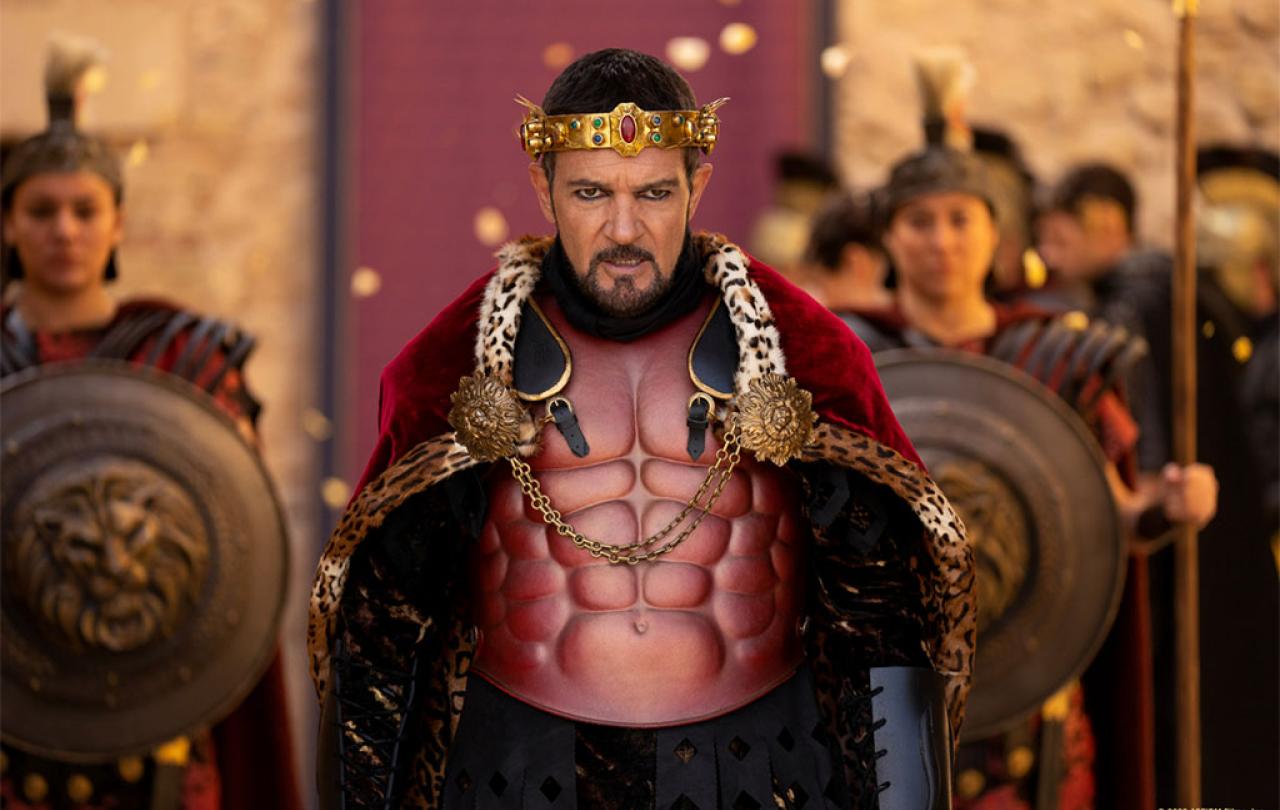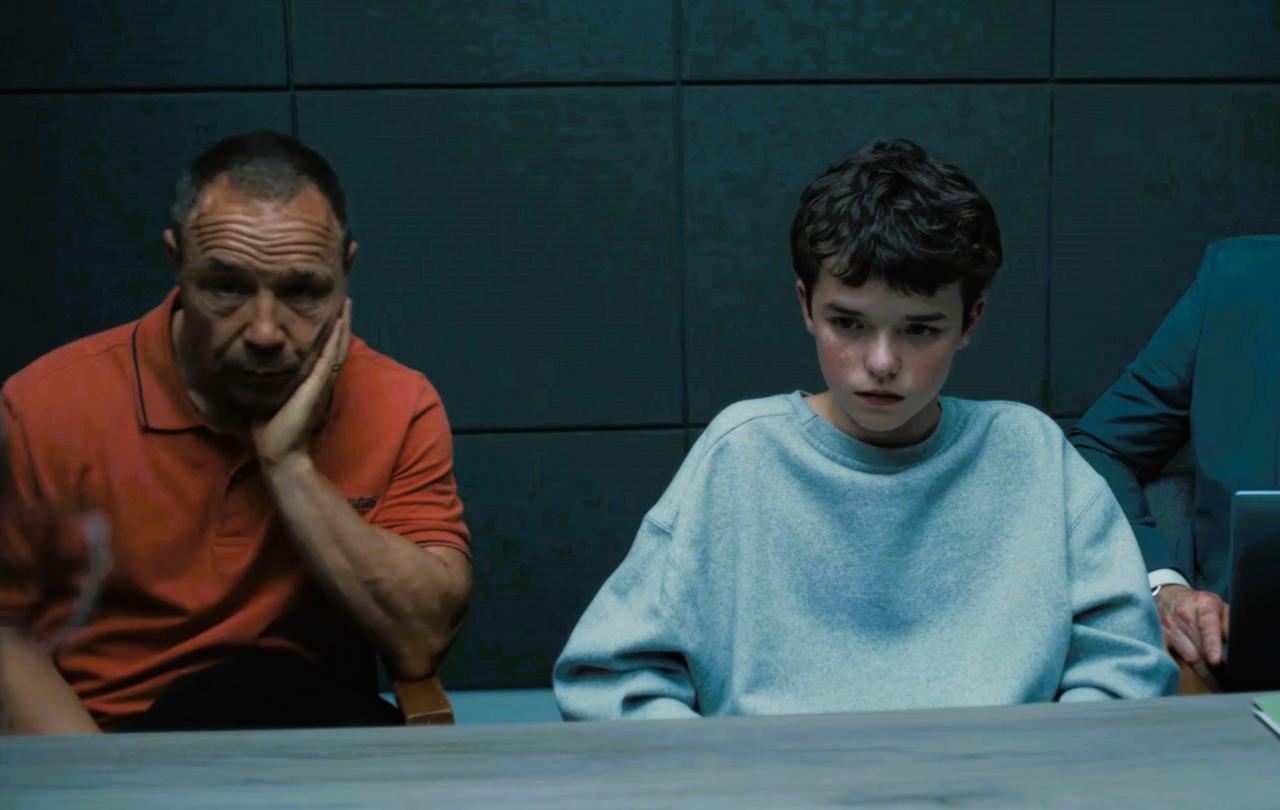
It’s a teen drama. It’s a musical. It’s a classic good vs evil conflict. It’s a comedy. It’s a film. It’s a Christmas movie.
All six are rolled into one in the brilliant film, recently released, called Journey to Bethlehem.
Faith Palomo and Milo Mannheim star as teenagers Mary and Joseph, whose worlds collide with a turn of events that don’t at all match the plans they had for life and love and relationships.
In comes Lecrae, the American rapper, playing the Angel Gabriel – an unexpected visitor with some unexpected news given in a most unexpected way.
Meanwhile King Herod, played as a rock star regent by Antonio Banderas, can’t sleep. He is plagued by nightmares, and his biggest nightmare is about to come true when he receives news that his throne is under threat.
Three Persian Kings, a prince, a donkey, a star and a baby are about to make matters a whole lot worse for him – but better for everyone else. Unless, that is, King Herod’s soldiers can get to Bethlehem first.
In the middle of a global refugee crisis we are reminded that Mary and Joseph and the baby Jesus have to pack all their belongings and flee Israel and head to the safety of Egypt.
The ancient storyline is pitch perfect for a musical makeover and who better to produce it than the director behind Glee, High School Musical 3, and Camp Rock and who has written songs for Miley Cyrus, The Back Street Boys and The Jonas Brothers and Pink. Adam Anders is a lifelong committed Christian and has been planning this movie with his wife for 17 years, hoping that they could make it a hit with people of all faiths and none.
Having watched the movie, I am pretty sure he has been successful. This week I hosted a special online schools’ event with Adam Anders, inspiring thousands of children across the UK to explore their musical gifts. He explained to them why he made the film:
“There are so many amazing movies that are colourful celebration musicals for the whole family at Christmas, but they don’t tell the story of Christmas. Santa is not why we celebrate Christmas. We got to make this family movie that everyone is going to love with great music, song and dance. I have children and I made it for them.”
The film doesn’t hold back from looking at some of the tough issues: in the middle of a global refugee crisis we are reminded that Mary and Joseph and the baby Jesus have to pack all their belongings and flee Israel and head to the safety of Egypt. We are drawn into the challenges of being brought up in a patriarchal society and the societal expectations on young Mary to get married whatever her own ambitions and hopes might have been. We meet a megalomaniac dictator willing to kill children in order to have his way.
But at the heart of the film is the love story, “Mary and Joseph are the original Romeo and Juliet.” says Anders. “And that makes for a brilliant story with opportunities for some brilliant songs.”
I wholeheartedly recommend “Journey to Bethlehem”. You’ll laugh. You’ll cry. You’ll jump. You’ll gasp. You’ll wonder. You’ll want to watch it over and over.





